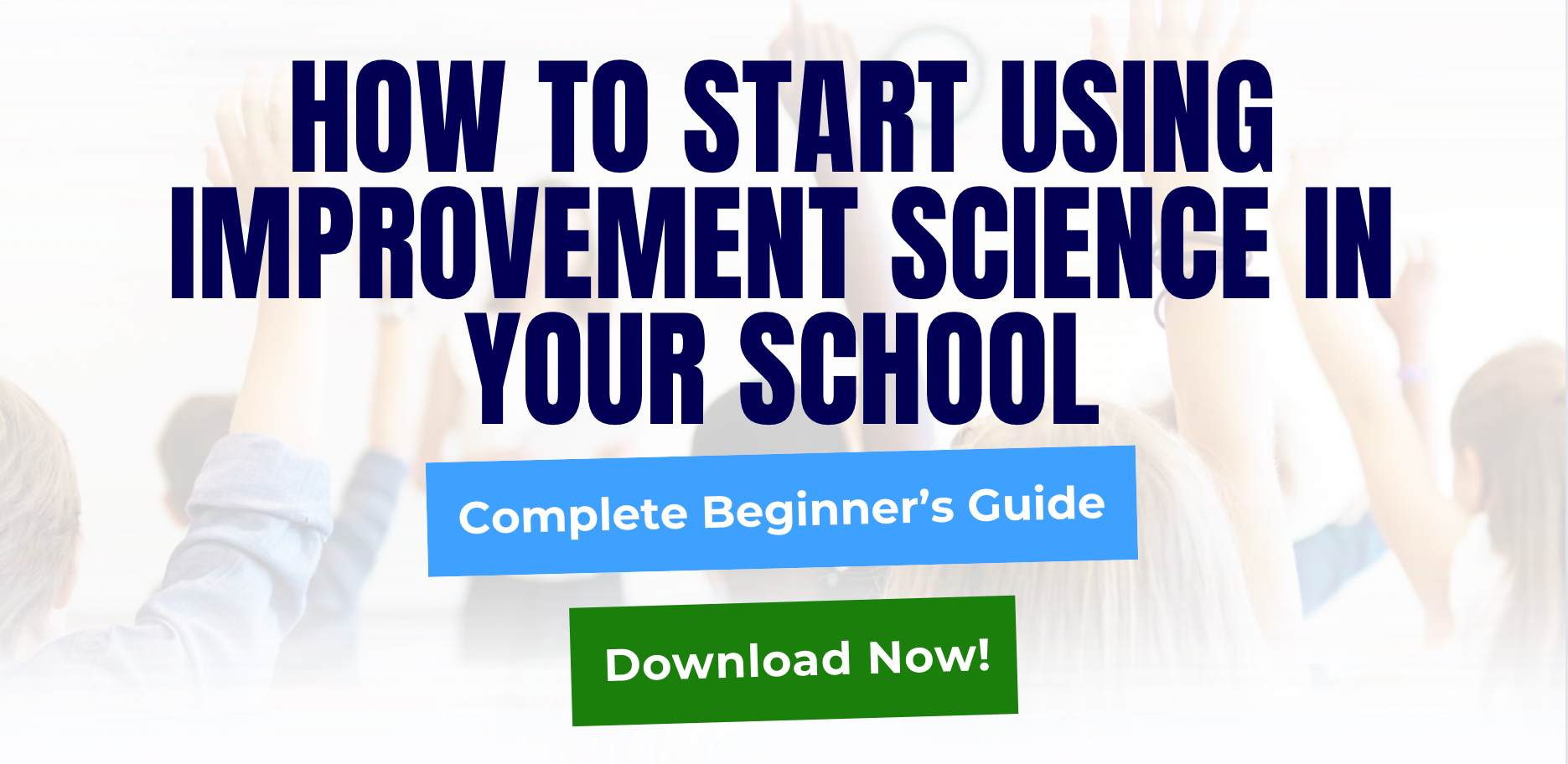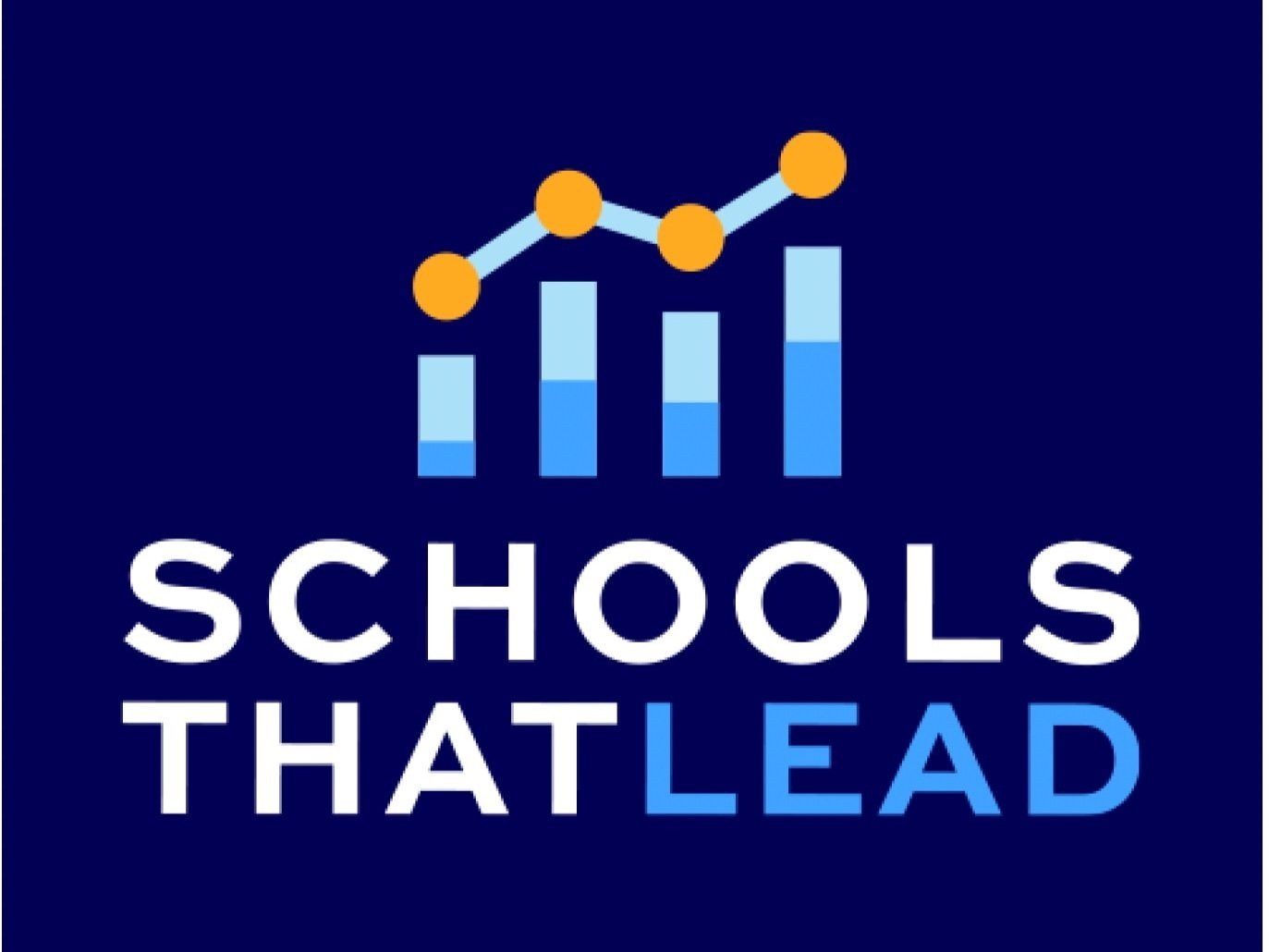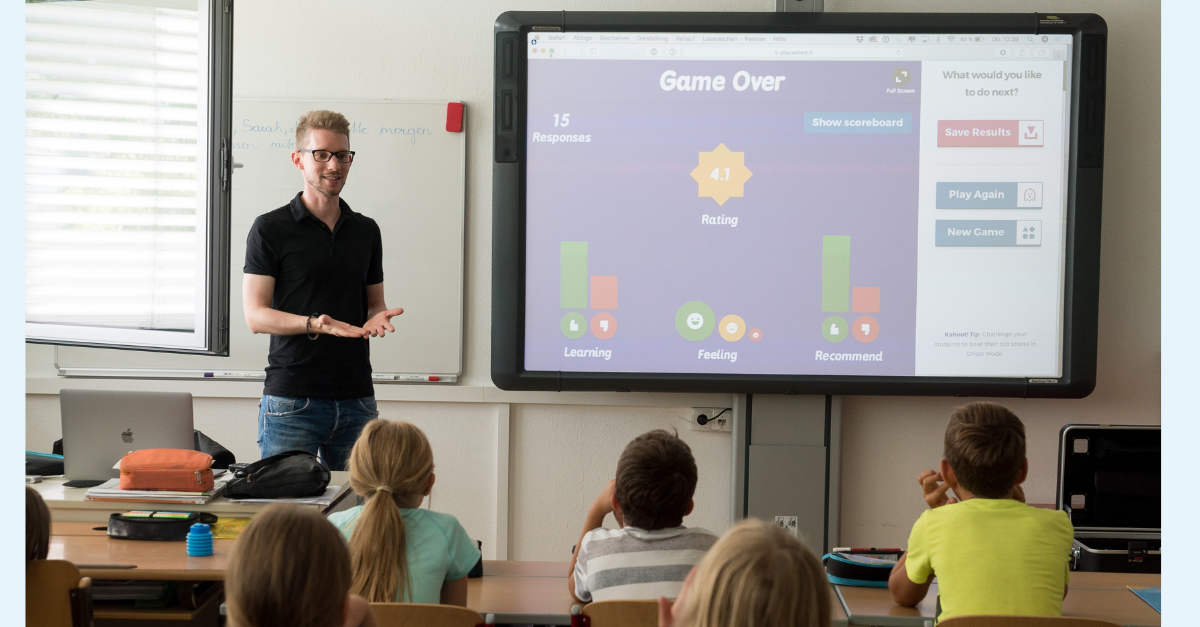Harnessing AI for Classroom Behavior Management: 10 Tools Every Educator Should Know
As an educator, I’ll admit—I initially cringed at the idea of AI in the classroom. But let’s face it: AI isn’t going anywhere. That’s why it’s crucial for us to take the reins, anticipate challenges, and harness its power to save valuable time.
No, AI won’t write lesson plans for us or attend parent conferences—but it can automate tasks that often pull us away from teaching and building relationships. One area where AI shows particular promise is behavior management.
AI can be a game-changer in this space, helping educators:
Spot patterns early – Identify recurring behaviors, triggers, or times of day when challenges are most likely to arise.
Target interventions more effectively – Suggest strategies tailored to specific students or classroom dynamics.
Save time on documentation – Automate tracking, reporting, and communication so teachers can focus on students.
The goal isn’t to replace teacher judgment but to strengthen it with better data and tools. Here are ten ways AI can help educators be proactive, consistent, and responsive in supporting student behavior, complete with recommended websites and applications. Explore each to decide which tools work best for you and your students.
1. Real-Time Behavior Monitoring
With technology playing a bigger role in classrooms, monitoring student engagement must evolve.AI-powered tools now track off-task browsing and dips in attention, giving teachers real-time insights.This allows quick intervention before small disruptions escalate.
For example, a dashboard can flag students who are drifting so the teacher can step in and re-engage them.
GoGuardian – Classroom monitoring and engagement tracking.
Classcraft – Behavior management through gamified monitoring.
2. Behavior Pattern Recognition
AI analyzes attendance, assignments, and classroom data to uncover trends in behavior.
Instead of reacting to symptoms, teachers can address root causes.
Example: AI flags that 80% of a student’s incidents occur during transition times.
Kickboard – Analyzes discipline and behavior data for trends.
Ed-Fi Alliance – Provides district data standards to identify attendance/behavior patterns.
3. Predictive Analytics for Early Intervention
Tools like Panorama Education combine grades, behavior, and attendance to predict risk.
This enables mentoring, SEL lessons, or seating changes before problems escalate.
Example: A high-risk score triggers proactive supports for students in need.
Panorama Education – Early warning system for attendance, grades, and behavior.
SchoolMint Hero – Tracks behavior and predicts needs for intervention.
4. Personalized Behavior Interventions
Platforms such as Kickboard suggest strategies tailored to each student.
This ensures interventions match needs instead of one-size-fits-all consequences.
Example: A student who blurts out is given a “parking lot” sticky note to hold ideas.
Classcraft Quests – Customizable interventions tied to positive reinforcement.
5. Gamification of Positive Behavior
AI-driven tools like ClassDojo reward teamwork, effort, and participation with points and badges.
Positive reinforcement motivates students to stay on track.
Example: Adaptive leaderboards keep engagement high without overemphasizing punishment.
ClassDojo – Rewards points, badges, and positive reinforcement.
6. Automated Reporting & Parent Communication
Systems like Satchel Pulse automate weekly behavior summaries for parents.
This saves teacher time and builds stronger school–home partnerships.
Example: A “positive postcard” email is sent after three days of strong behavior.
Satchel Pulse – Automated reports and SEL updates for parents.
ParentSquare – Streamlines home–school communication.
7. Building Relationships and Making Connections
Check-in apps like Ponder and Peekapak track how students feel each day.
This helps teachers spot emotional needs before behaviors escalate.
Example: AI flags a student who reports “frustrated” three days in a row.
Ponder – Student reflections and check-ins.
peekapak.com – help students engage with learning and well-being insights
8. Class Environment Adjustment
AI tools like Senso Cloud monitor classroom noise, pace, and activity levels.
They prompt teachers when adjustments are needed to restore focus.
Example: A smart alert signals when noise rises above the threshold.
Senso Cloud – Classroom device and activity monitoring, including noise and focus.
9. Analyze Discipline Data
Platforms like Kickboard analyze discipline data.
Tools can help ensure all students are treated consistently.
Example: A dashboard shows one subgroup is disciplined more often, prompting review.
LiveSchool– Identifies disparities in discipline practices.
10. Teacher Support & Reflection
Coaching tools like TeachFX log teacher responses to behavior and provide feedback.
This builds consistency and supports professional growth.
Example: AI notes warnings are frequent in the afternoon and suggests proactive check-ins.
TeachFX – AI-powered feedback on teacher-student talk patterns.
Edthena – AI coaching platform for teacher reflection and growth.

TAQWANDA HAILEY
Taqwanda Hailey is the Chief Analytics Officer of Schools That Lead, bringing extensive experience as an educator and leader of improvement science initiatives across diverse educational settings.


